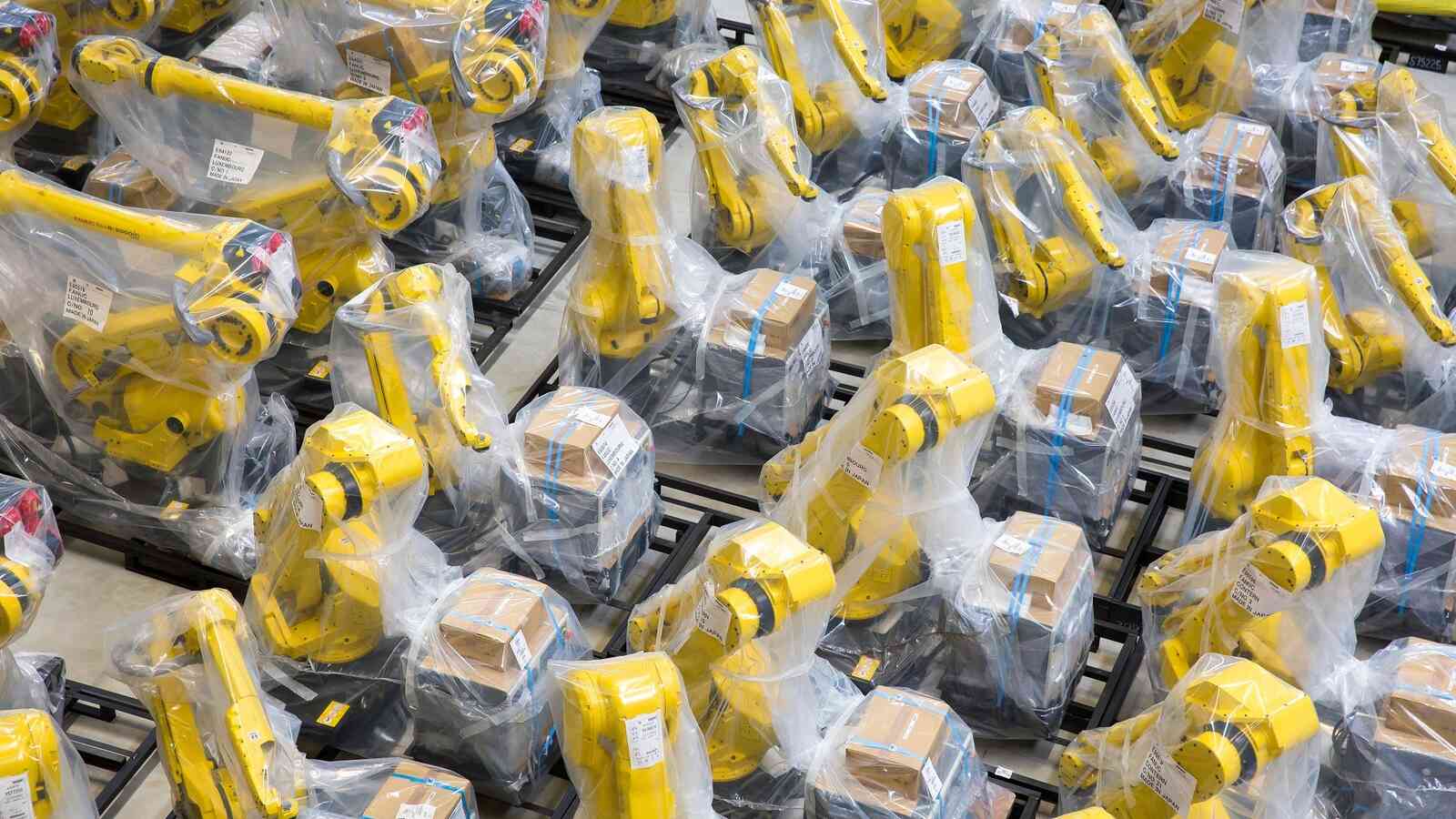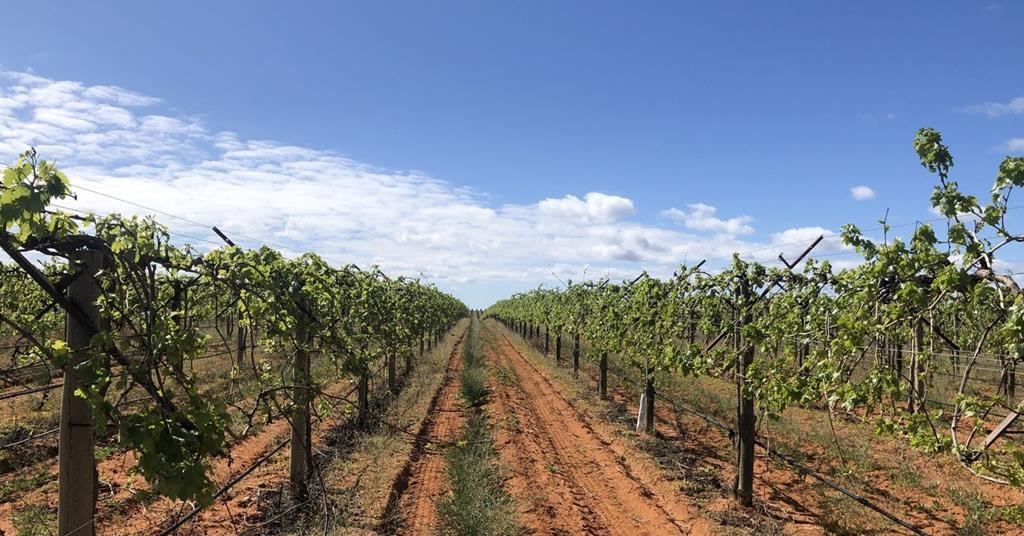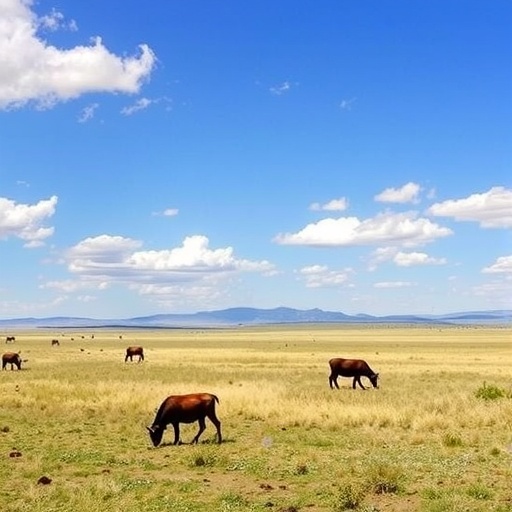R.Takáč: The European Commission wants to allocate 40% less money for agriculture in the new budget – European Newsroom

Report on Proposed EU Budget 2028-2034: Implications for Agriculture and Sustainable Development Goals
1.0 Executive Summary
A recent proposal by the European Commission for the European Union’s long-term budget (2028-2034) outlines a significant reallocation of funds away from the Common Agricultural Policy (CAP). Slovak officials report a proposed 30-40% reduction in agricultural funding, despite an overall budget increase of approximately €800 billion. This policy shift, which favors increased spending on armaments, poses substantial risks to the achievement of several key Sustainable Development Goals (SDGs), particularly those related to poverty, hunger, economic growth, and environmental sustainability. This report analyzes the proposed changes and their potential impact on the EU’s commitment to the 2030 Agenda for Sustainable Development.
2.0 Key Provisions of the Budget Proposal
The European Commission’s proposal introduces fundamental changes to the structure and allocation of agricultural funding. Key elements reported by the Slovak Minister of Agriculture and Rural Development, Richard Takáč, and Member of the European Parliament, Katarína Roth Neveďalová, include:
- Funding Reduction: A nominal decrease of 30% for the agri-sector, which could equate to a 40% reduction when accounting for inflation.
- Structural Consolidation: The proposal suggests merging all agricultural funds and abolishing the established two-pillar structure of the CAP, creating a single funding mechanism.
- Payment Capping: Introduction of a cap on direct payments at €100,000 for the final beneficiary, a measure expected to disproportionately affect member states with larger farm structures, such as Slovakia.
- Elimination of Support Mechanisms: The abolition of the redistributive payment system is also proposed.
- Budgetary Reprioritization: A significant shift in spending from agriculture and regional development towards other areas, including armaments. The share of CAP and regional funds is projected to fall from approximately 65% to 45% of the total EU budget.
3.0 Conflict with Sustainable Development Goals (SDGs)
The proposed budgetary changes present a direct challenge to the EU’s progress on multiple SDGs:
- SDG 2 (Zero Hunger): Reducing support for the agricultural sector threatens the stability of food production and the viability of farms. This undermines efforts to ensure food security, promote sustainable agriculture, and support food producers, which are central tenets of SDG 2.
- SDG 1 (No Poverty) & SDG 8 (Decent Work and Economic Growth): The agricultural sector is a critical source of employment and economic activity in rural areas. Drastic funding cuts and policies described as potentially leading to the “liquidation of agriculture” in Slovakia could result in significant job losses, increased rural poverty, and economic instability, directly contradicting the aims of SDG 1 and SDG 8.
- SDG 12 (Responsible Consumption and Production) & SDG 13 (Climate Action): CAP funds are increasingly vital for incentivizing farmers to adopt sustainable practices, enhance biodiversity, and mitigate climate change. A reduction in this funding could severely hamper the transition to more sustainable food systems and weaken the agricultural sector’s ability to contribute to the EU’s climate and environmental goals.
- SDG 16 (Peace, Justice and Strong Institutions): The explicit reprioritization of funds from agriculture—a cornerstone of social and economic stability—to armaments raises questions about the EU’s long-term strategy for ensuring peace and stability through sustainable development versus military expenditure.
4.0 Position of Slovak Stakeholders and Counter-Proposals
Slovak officials have expressed strong opposition to the proposal, highlighting its potentially catastrophic impact on the nation’s agri-sector. The primary concerns and official counter-proposals are as follows:
- Threat of Payment Capping: The €100,000 cap is identified as the most significant threat to Slovak agriculture due to the prevalent structure of large-scale farms.
- Call for Policy Continuity: A formal request will be made to the European Commission to maintain the CAP as a separate and distinct funding policy.
- Preservation of the Two-Pillar System: Slovakia will insist on retaining the first and second pillars of the CAP to ensure a balanced approach between direct support and rural development.
- Conditional Negotiation on Capping: Officials have indicated a willingness to discuss the €100,000 cap, but only on the condition that wage costs for agricultural enterprises are eligible for reimbursement from European funds.
This position is reportedly echoed by broader dissatisfaction within the European Parliament, where the proposal has been described as “catastrophic.”
Analysis of SDGs in the Article
1. Which SDGs are addressed or connected to the issues highlighted in the article?
- SDG 2: Zero Hunger: The article’s core subject is the proposed 30-40% reduction in funding for the EU’s Common Agricultural Policy (CAP). This policy is fundamental to supporting food production and farmers. The Slovak Minister of Agriculture warns that the proposed changes, especially the capping of direct payments, could lead to the “liquidation of agriculture in Slovakia,” directly threatening food security and the viability of sustainable agriculture.
- SDG 1: No Poverty: Agriculture is a primary source of income and employment in rural areas. A significant reduction in financial support for the agri-sector, as detailed in the article, could negatively impact farmers’ incomes, potentially leading to job losses and increased poverty in rural communities that depend on farming.
- SDG 8: Decent Work and Economic Growth: The agricultural sector is a significant component of the national and EU economy. The article highlights that the proposed budget cuts threaten the economic stability of farms, particularly in Slovakia, due to their size structure. This undermines efforts to sustain economic growth and ensure decent work within the agricultural industry.
- SDG 10: Reduced Inequalities: The proposed “capping of direct payments at the level of 100,000 euros” is identified as a measure that would disproportionately harm Slovakia compared to other EU member states due to its specific farm structure. This raises issues of inequality in the application of EU policy and its impact on different member states.
- SDG 16: Peace, Justice and Strong Institutions: The article discusses a major shift in the EU’s institutional priorities, reallocating funds from agriculture (“agri-sector”) to “armaments.” The dissatisfaction expressed by both a national minister and a Member of the European Parliament with the European Commission’s budget proposal highlights a debate over the effectiveness, transparency, and priorities of EU institutions.
2. What specific targets under those SDGs can be identified based on the article’s content?
-
Under SDG 2 (Zero Hunger):
- Target 2.3: By 2030, double the agricultural productivity and incomes of small-scale food producers… While the article focuses on the threat to larger farms in Slovakia, the core principle of supporting farmer incomes is directly challenged by the proposed funding cuts and the capping of payments.
- Target 2.4: By 2030, ensure sustainable food production systems… The Common Agricultural Policy is the EU’s main instrument for this. The article states that the proposal to merge funds and cut the budget threatens the existing two-pillar structure of the CAP, which is designed to support these systems.
- Target 2.a: Increase investment… in rural infrastructure, agricultural research and extension services… The article describes a proposed 30-40% decrease in funding, which is a direct contradiction to the goal of increasing investment in agriculture.
-
Under SDG 8 (Decent Work and Economic Growth):
- Target 8.2: Achieve higher levels of economic productivity through diversification, technological upgrading and innovation… The reduction of financial resources for the agri-sector, as described by Minister Takáč, would limit the capacity of farms to invest in innovation and maintain productivity, thereby threatening economic stability in the sector.
-
Under SDG 16 (Peace, Justice and Strong Institutions):
- Target 16.6: Develop effective, accountable and transparent institutions at all levels. The article reflects a critique of an EU institution (the European Commission) by elected officials who label the budget proposal “catastrophic” and a “very bad path,” questioning the effectiveness and accountability of the budget-making process.
3. Are there any indicators mentioned or implied in the article that can be used to measure progress towards the identified targets?
Yes, the article mentions several specific quantitative and qualitative indicators that can be used to measure the changes discussed:
- Percentage of budget allocated to agriculture: The article explicitly states that the European Commission wants to “allocate 30 to 40% less funding for agriculture.” This is a direct indicator of investment in the sector (relevant to SDG Target 2.a).
- Share of agricultural and development funds in the total budget: It is mentioned that the Common Agricultural Policy and regional development funds, which were “about 65% of the EU budget,” will in the new proposal “only account for about 45%.” This metric indicates a shift in institutional priorities.
- Financial cap on direct payments: The specific policy proposal of “capping of direct payments at the level of 100,000 euros for the final user” is a measurable indicator that affects farmer income and agricultural structures (relevant to SDG Target 2.3 and SDG 10).
- Government expenditure by sector: The article provides a clear comparative indicator of institutional priorities by noting that the Commission “plans to allocate more money for armaments” while allocating significantly less to the “agri-sector” (relevant to SDG Target 16.6).
4. Table of SDGs, Targets, and Indicators
| SDGs | Targets | Indicators |
|---|---|---|
| SDG 2: Zero Hunger |
2.3: Double agricultural productivity and incomes of food producers. 2.4: Ensure sustainable food production systems. 2.a: Increase investment in agriculture. |
– Proposed 30-40% reduction in funding for agriculture. – Capping direct payments at €100,000. – Abolition of the two-pillar structure of the Common Agricultural Policy. |
| SDG 1: No Poverty | 1.4: Ensure equal rights to economic resources. | – Reduction in financial support (direct payments) for farmers, threatening their economic resources. |
| SDG 8: Decent Work and Economic Growth | 8.2: Achieve higher levels of economic productivity. | – Reduced funding for the agri-sector, which could stifle investment in productivity and innovation. |
| SDG 10: Reduced Inequalities | 10.2: Promote universal social, economic and political inclusion. | – The policy of capping payments is noted to have a disproportionately negative impact on Slovakia due to its farm structure, indicating an unequal outcome among member states. |
| SDG 16: Peace, Justice and Strong Institutions | 16.6: Develop effective, accountable and transparent institutions. |
– Shift in budget allocation from agriculture to armaments. – Share of CAP and regional funds in the total EU budget decreasing from ~65% to ~45%. – Dissatisfaction with the EC’s proposal expressed by a national minister and an MEP. |
Source: europeannewsroom.com

What is Your Reaction?
 Like
0
Like
0
 Dislike
0
Dislike
0
 Love
0
Love
0
 Funny
0
Funny
0
 Angry
0
Angry
0
 Sad
0
Sad
0
 Wow
0
Wow
0



















































.jpg.webp?itok=0ZsAnae9#)
























